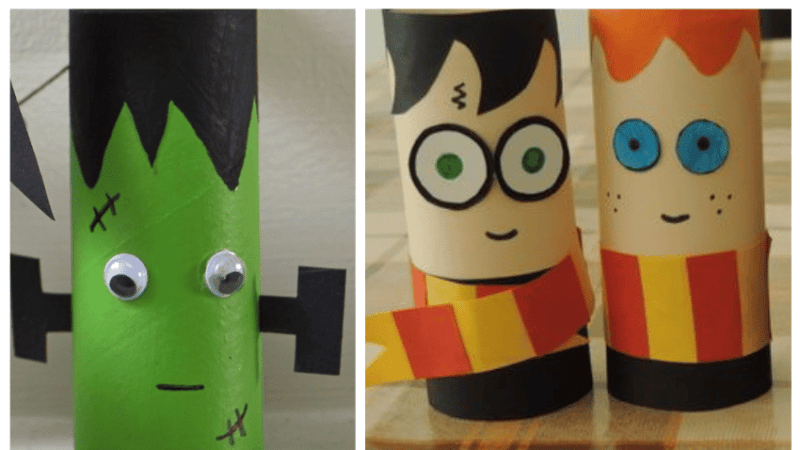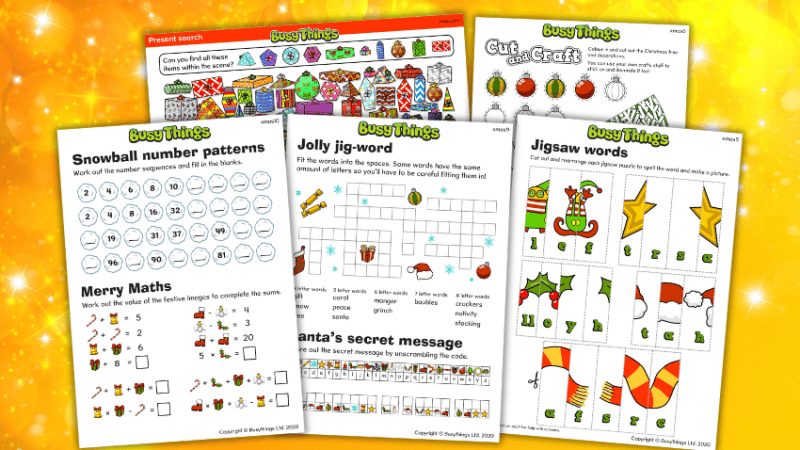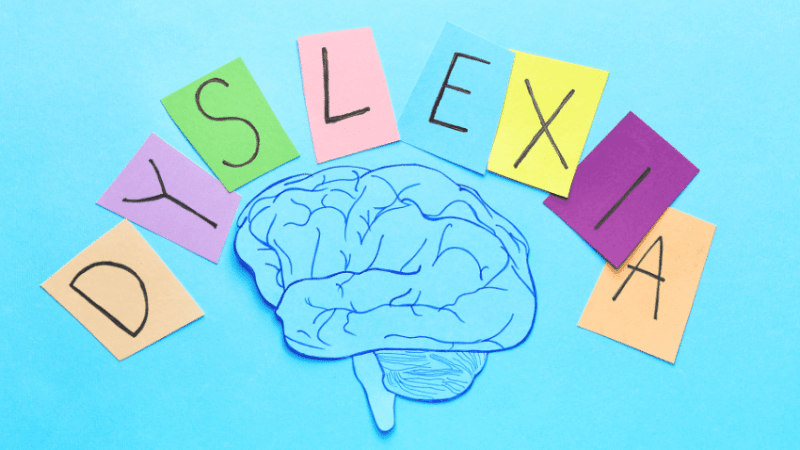KS3 creative writing – Resources for teaching plot and setting
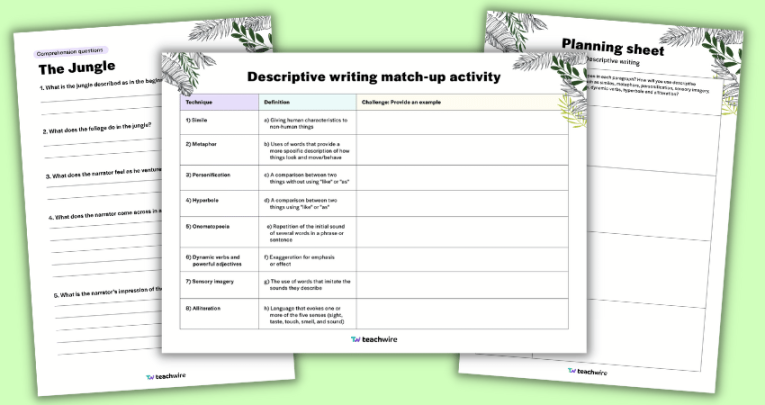
Whether students want to create an epic adventure in a fiery inferno or tense tale in a sleepy town, make sure they create a compelling plot and a fully realised setting with these resources…

- by Teachwire
- Classroom expertise and free resources for teachers
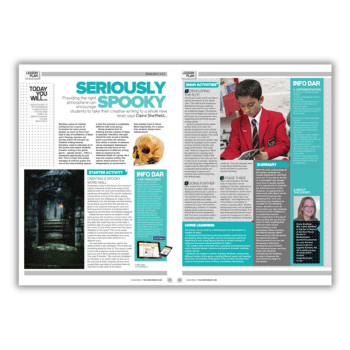
Unlock the full potential of your students’ creative writing with these top-tier resources for teaching plot and setting, designed specifically for KS3 English teachers…
KS3 creative writing resources
Storyboard templates
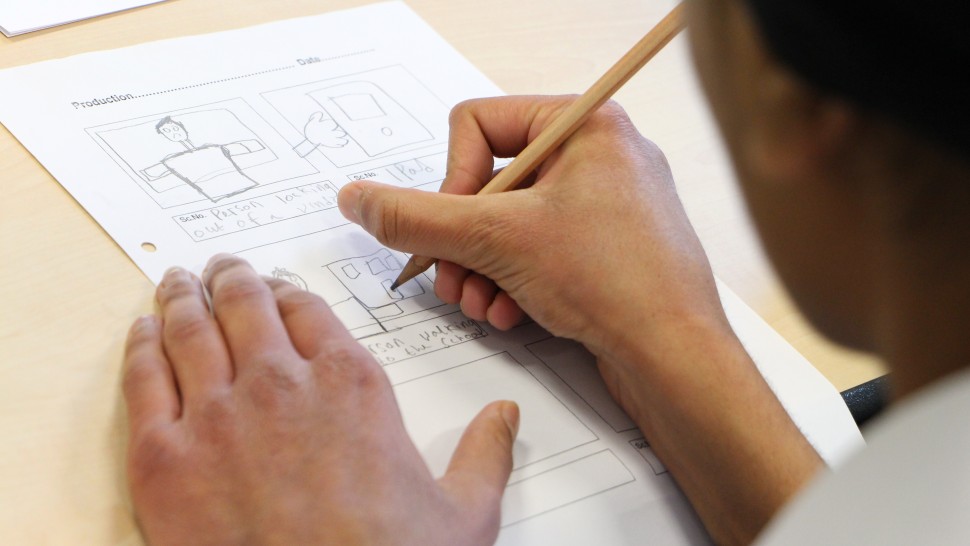
Whether it’s short stories, comic strips or filmmaking, every tale needs the right structure to be told well. Having a beginning, middle and end may be a staple of storytelling, but alone it’s not enough, and there are many ways to tell a story.
But however you choose to write yours, one thing is constant – good stories need good structure. These storyboard template resources and activities will help your students develop the skills required to add that foundation to their creative writing.
Year 7 English worksheets

Get to grips with descriptive writing across two lessons with these free Year 7 English worksheets which focus on a piece of text all about the jungle.
Inspiring images and sticky notes
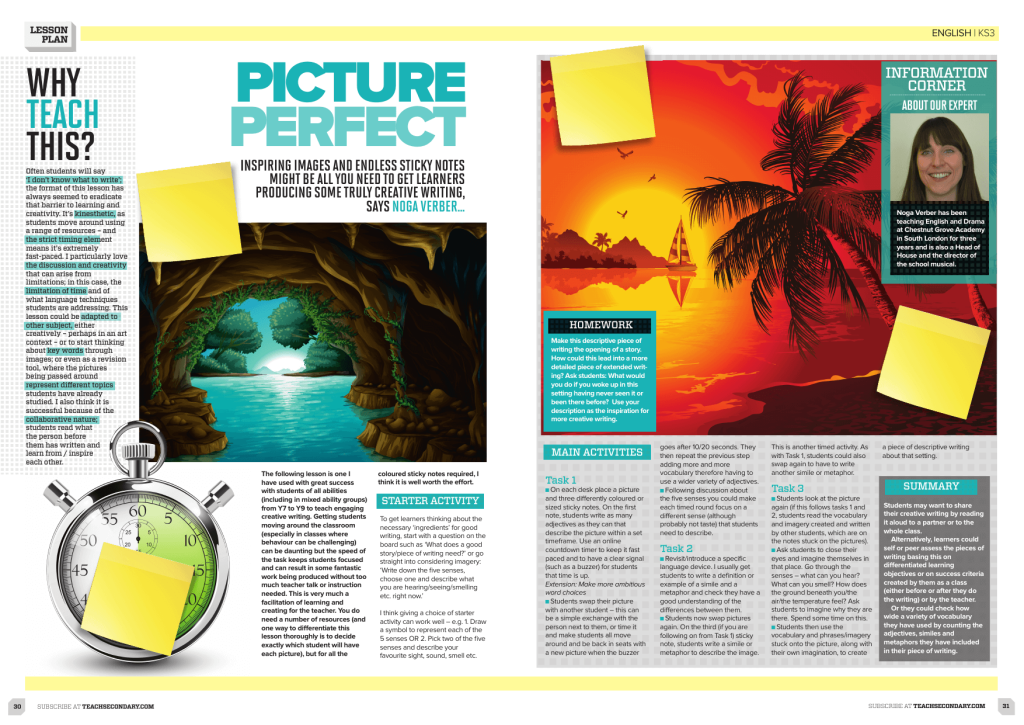
This creative writing KS3 lesson uses inspiring images and sticky notes to get learners producing some truly creative writing.
The collaborative nature of this lesson (students read what the person before them has written) means they learn from and inspire each other.
Create a spooky atmosphere
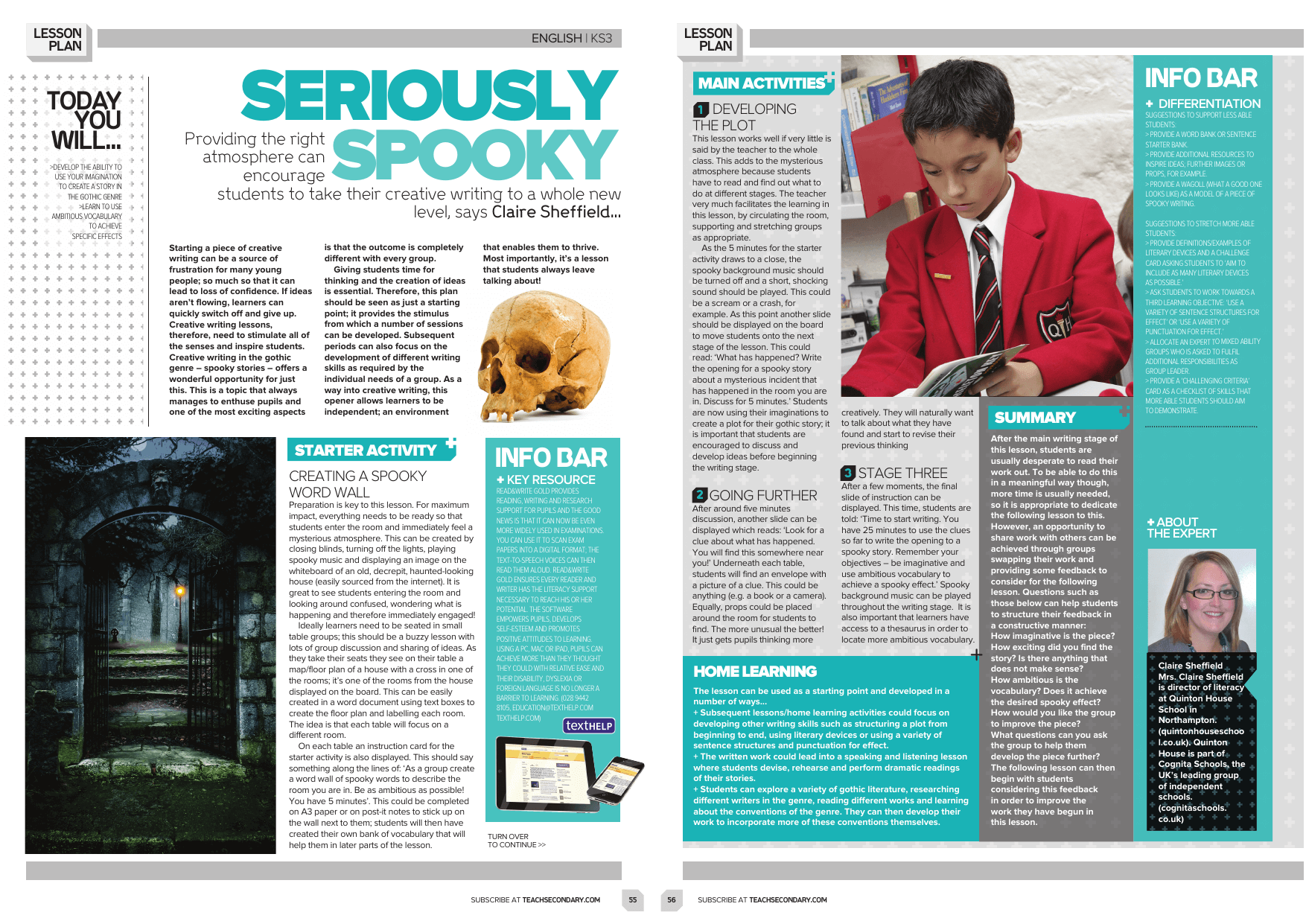
This Gothic setting description lesson plan will encourage students to take their creative writing to a whole new level. Start by closing the blinds, turning off the lights, playing spooky music and displaying an image on the whiteboard of an old, decrepit, haunted-looking house.
Setting description examples
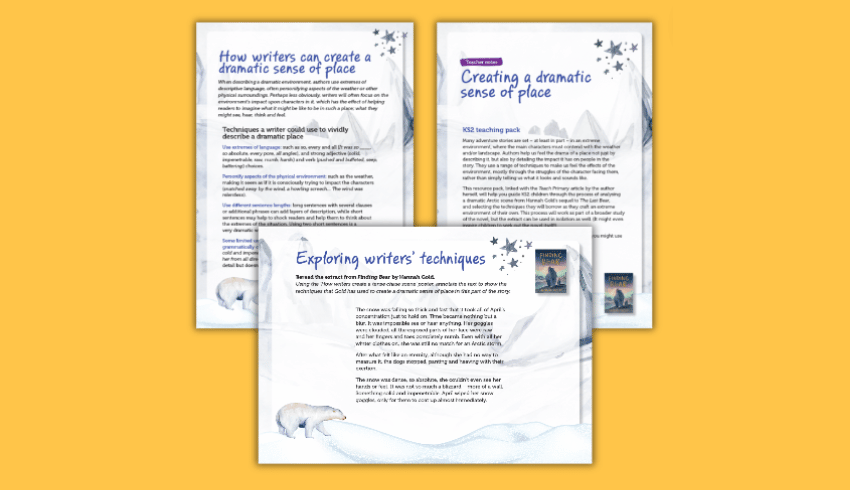
Use this setting description resource pack to help pupils refine their descriptive writing skills. The pack contains an extract from Finding Bear by Hannah Gold, as well as worksheets, teacher notes and more.
KS3 structure lesson plan
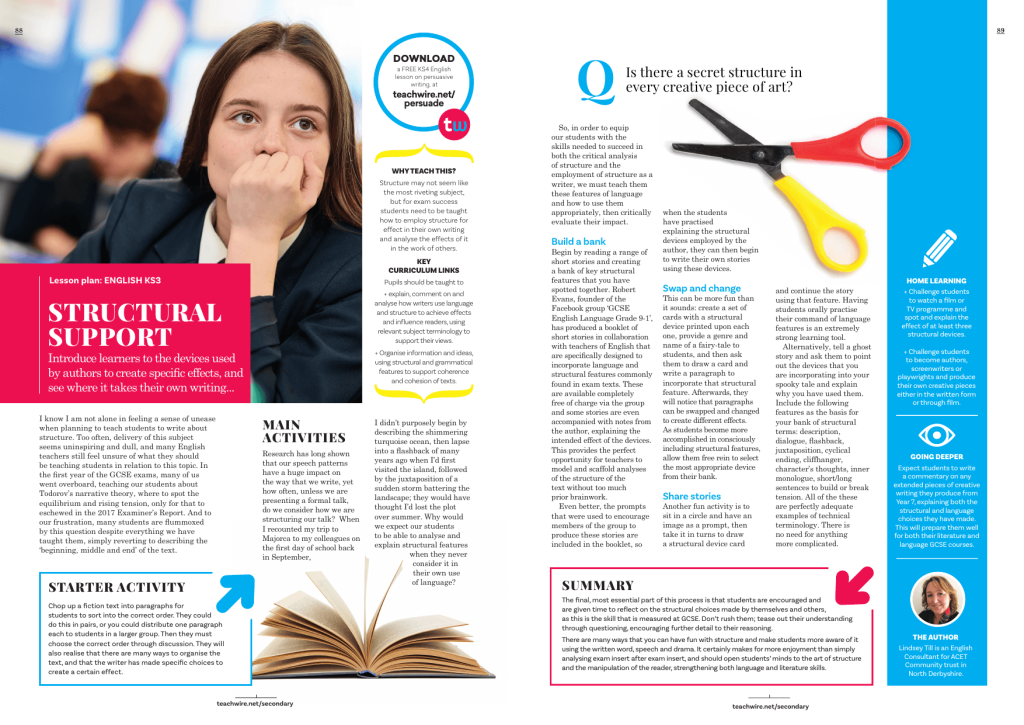
Structure may not seem like the most riveting subject, but for exam success students need to be taught how to employ structure for effect in their own writing and analyse the effects of it in the work of others.
Start this lesson by choping up a fiction text into paragraphs for students to sort into the correct order.
Writing the middle part of stories
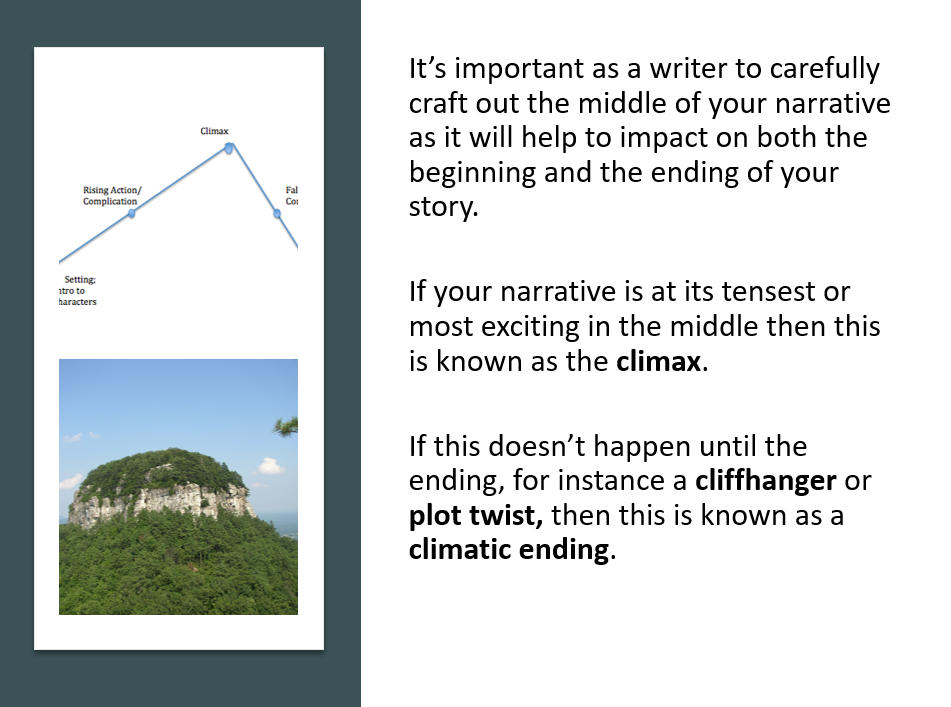
This fully differentiated and resourced lesson will help students with writing the middles of narratives and stories. This is excellent preparation for GCSE writing exams.
Monster consequences descriptive writing lesson
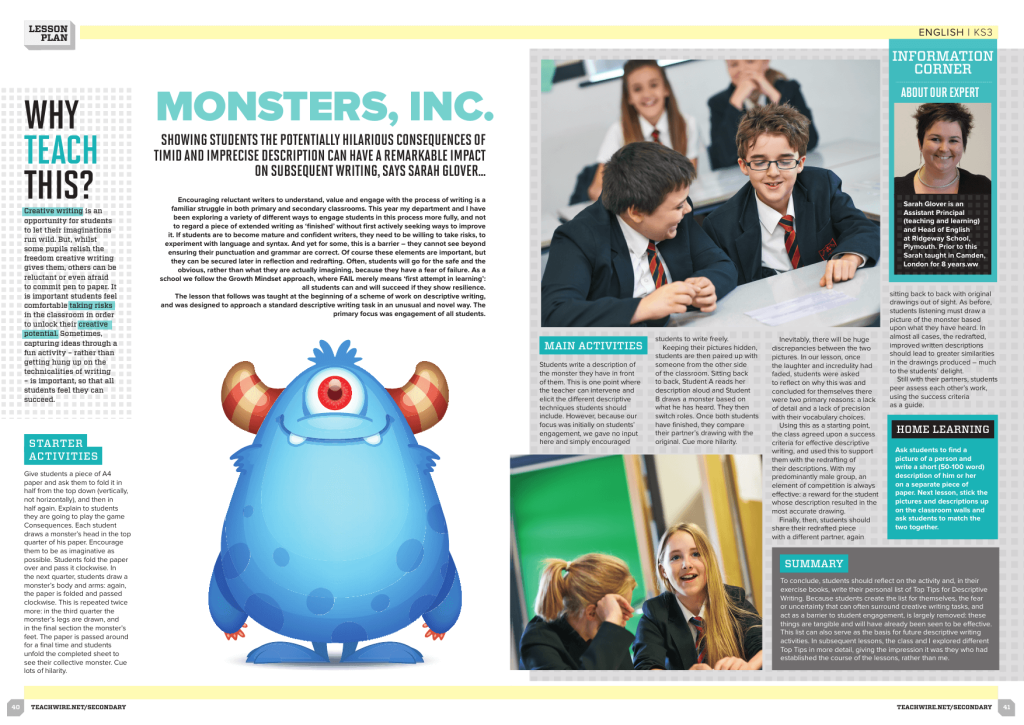
Use this descriptive writing KS3 lesson to show students the potentially hilarious consequences of timid and imprecise description. It just might have a remarkable impact on subsequent writing…
Describe a sweet shop

This free resource will engage more advanced students in Key Stage 3. It focuses on crafting vivid descriptions of a sweet shop. This is a topic ripe with potential for rich, sensory language and imaginative exploration.
Descriptive dystopian writing lesson plan
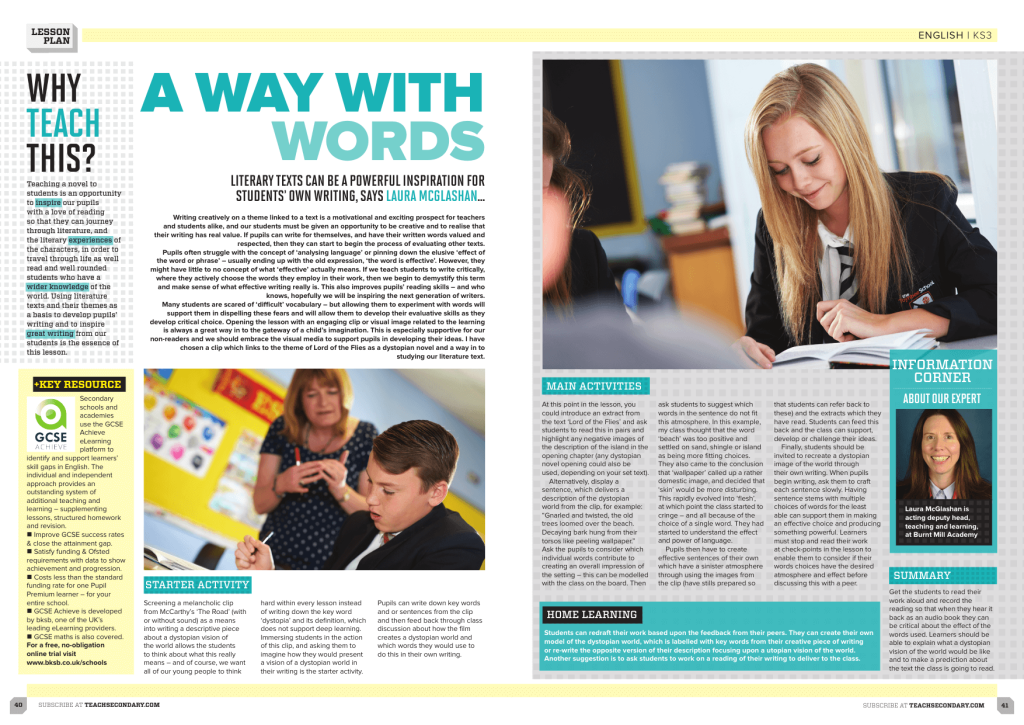
This KS3 critical writing lesson starts with a clip from 2009 post-apocalyptic film The Road. Feed back through class discussion about how the film creates a dystopian world. Which words would students use to do this in their own writing?
Use The Hobbit to write about tunnels
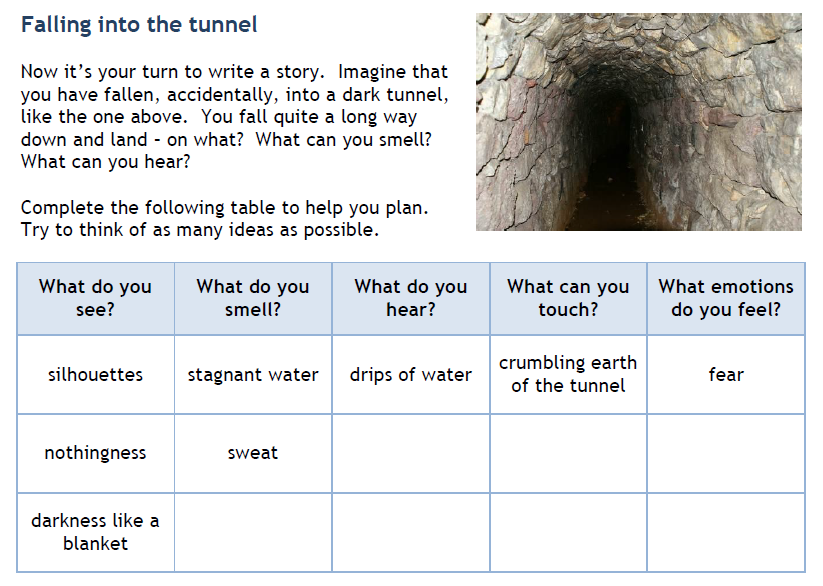
In this ‘build your own adventure story’ resource students discover new lands, and overcome monsters and other obstacles.
It begins with a passage from JRR Tolkien’s The Hobbit, where Bilbo finds himself in a dark cave and meets Gollum for the first time. There are 10 pointers to look at to explore the passage, before students begin to write their own story.
The place as character
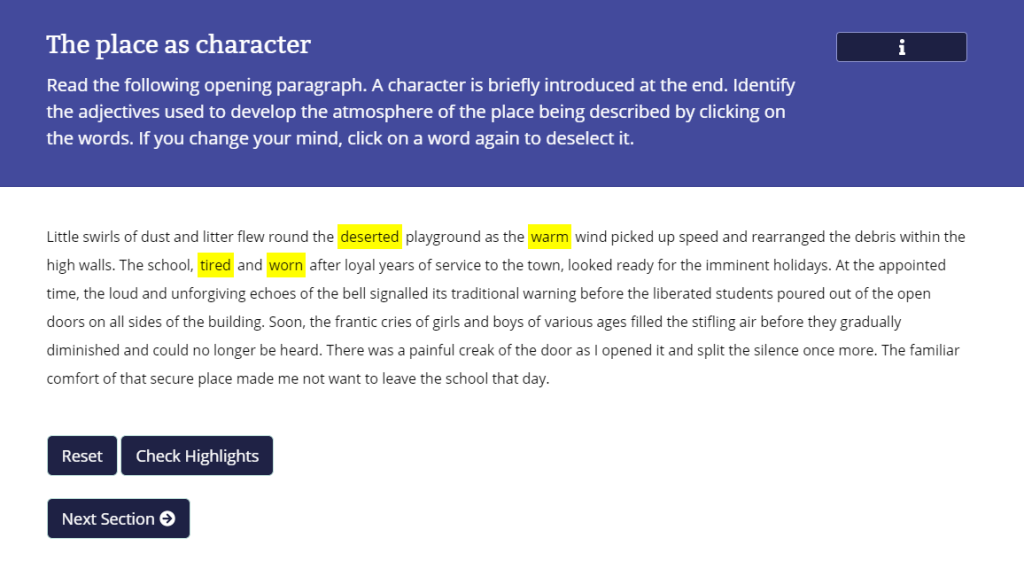
This interactive resource from Eduqas offers an opening paragraph example of a story that creates a real sense of setting.
Students should read through and identify the adjectives used to develop the atmosphere of the place being described.
The second section is where they give it a go themselves, writing out a descriptive passage about a place. There are lists of adjectives they can click on to insert them into the story should they get stuck for inspiration.
Model texts for settings
If you’re after example texts for different settings then head to Literary Wagoll where you’ll find descriptions of an alien world, a fairground, a tree house, a thunderstorm and various others.
Plot advice

This post features an excerpt from the book What’s the Story? Building Blocks for Fiction Writing, and builds on the idea of what a plot is.
It also includes a short list of traditional plot types, and tips for building a compelling plot, like using momentum, creating stakes and giving the characters goals and motives.
How to teach world building

Award-winning author Frances Hardinge unpacks how to teach a much sought-after skill in modern storytelling – that of world-building…
When world-building, it’s easy to be distracted by questions of what, who and where, and the temptation to fill your imaginary landscape with creatures, people and places that grab the mind’s eye.
The important part is remembering to work through the how, why and where. Why do any of these things exist, and how do they continue to exist?
Answering such questions can be time-consuming and fiddly, but the answers can often generate plot, detail and unique features for the setting so that it feels more solid.
If you leave them unanswered, then those big, shiny ‘cool’ elements of your setting will tend to feel shallow, like set dressing.
Splendid mayhem of world building
When running a ‘settings workshop’ for a full class (Y6 to Y8) I’ll sometimes encourage everyone to brainstorm the what, who and where first.
I’ll describe a storm at sea, and a ship being wrecked on a rocky shore. I then tell the students that nearly everybody on board has drowned, and that there’s only one survivor – me.
I recover consciousness, and begin looking around to discover where I am. And they’re going to tell me what I encounter.
I start by asking them what I’m lying on. What does it feel like? (At this point, someone may timidly suggest ‘sand’.)
I’ll then tell them that I’m opening my eyes, sitting up and looking around. What can I see?
Initially, the responses will be a little cautious – but before long, the class realises they have an adult character who they can chase around an imaginary landscape, and who will yelp with panic when subjected to countless perils.
They also realise that I won’t block any of their ideas, including all the ‘silly’ ones. At this point, splendid mayhem tends to break loose.
Note, this is not an engine for producing a grim, grittily serious setting. The results tend to be anarchic, enthusiastic, varied and frequently very funny, but in a way that generally gets the whole class engaged.
At a certain point (usually with some difficulty), I’ll call a halt to the brainstorming and get everyone to consider those how, when and why questions.
I’ll encourage them to come up with reasons for such bizarre phenomena coexisting in the same setting and invent a history. It will likely be a strange and amusing history, but that’s not necessarily a problem.
Fates of quirks
Alternatively, one could approach the world-building process from another direction entirely. I’m used to starting from bizarre premises myself, before trying to work out how they will affect the setting.
In effect, I’m starting with those how, when and why questions to help me work out the answers to what, who and where.
To use this approach, a class could be broken up into small groups, each of which is tasked with brainstorming a different country.
Each group can choose a ‘quirk’ – some bizarre characteristic of this world that makes it appreciably different from our own. The students can either come up with their own suggestions, or pick out a single option from a pre-prepared list.
The groups can also be given a list of further questions to consider when fleshing out their worlds and deciding how their chosen quirk has affected everything in that particular country.
Some good sample questions here might include:
- When did the quirk begin? Has it always been there?
- Why does it exist? If nobody knows, why do people think it exists?
- How has it changed people’s beliefs and their behaviour?
- How has it affected the country’s history? Has it resulted in any new conflicts, religions, inventions, laws, jobs or crimes?
- What else is this country like? How advanced is the technology? What is the landscape like? In what other ways is it ‘weird?’
- If you were to visit the country, what odd things would you notice due to its peculiar history?
Quirks to explore
The following examples show how a single quirk can affect a whole setting’s history. Try exploring these ideas in class:
- Cats can use human speech.
- Instead of electricity, the setting has a power source that works in much the same way – except that you age twice as fast while using it.
- In this country, dreams are always distorted visions of something real that’s happening somewhere else at that exact moment.
- 1 in 10 children can teleport a few feet by the time they hit puberty. Most children have no control over it.
- The possession or use of clocks is strictly illegal.
Frances Hardinge is an award-winning children’s author. Her 11th novel, Island of Whispers (with illustrations by Emily Gravett), is available now. Browse English games KS3 ideas and more creative writing prompts.






